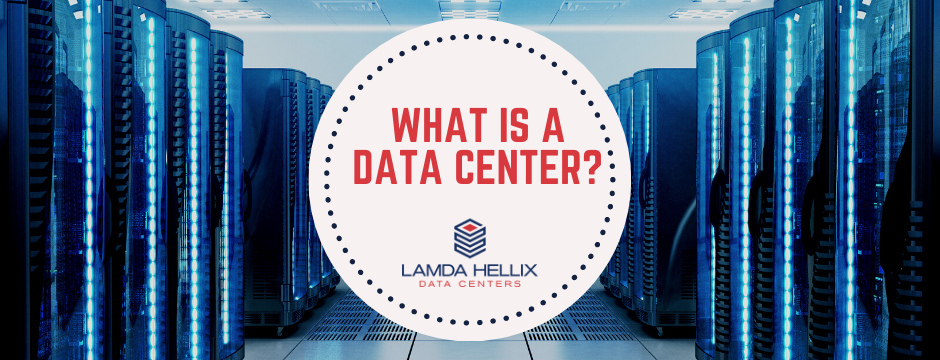World developments have changed how we communicate, and the demand for information and real-time data transmission is higher than ever, especially in the business sector. This brought to the spotlight the growing demand for computers and other networking equipment and systems that would significantly handle the data flow, so Data Center became an integral part of businesses’ IT departments. But let’s see what a Data Center is and how it works.
Data Center
A Data Center is a physical facility or to put it simply, it is a centralized location in a dedicated, purpose-built building, where organizations can establish:
- Their computing and networking equipment.
- The associated hardware to ensure the ongoing connectivity to the Internet and/or other business networks.
- Uninterruptible power supplies (UPS) and subsystems, electrical switches, backup generators, cooling systems, fire suppression, connections to external networks that will protect the Data Center’s hardware and keep operational continuity (the ability to conduct business without interruption).
Data Center facility makes enterprise’s computing possible, which means that organizations can organize, process, store, collect, distribute, or allow access to large amounts of data and applications via investing in a Data Center.
The Role of the Data Center
The central role of a Data Center is to house enterprises’ critical and proprietary assets within a secure and reliable environment, providing 24/7 access without interruption. It supports business applications and activities such as email and file sharing, CRM, ERP and databases, big data, artificial intelligence, machine learning, and communications and collaboration services. It is the main supporting source of all our activities happening online such as surfing the internet, exchanging money, buying merchandise online, interacting on social media and so on. Nowadays, with the internet penetration into our lives being in the highest ratio ever, it seems impossible to do anything, from navigating to a location through your GPS to creating AI applications, without the support of a Data Center.
Within the years, Data Centers infrastructures have evolved from on-premises physical servers to virtualized infrastructure that supports applications and workloads across multi-cloud environments.
Cloud Data Center
When enterprises migrate their data and workloads to a cloud data center, there is no need to design, build, maintain, power, staff, or secure a physical building. The cloud provider - like Lamda Hellix which offers Microsoft Azure Stack for cloud solutions in Greece - is responsible for supplying highly available, fault-tolerant computing resources as a service. Customers have access to virtualized computing resources (e.g.VMs) and specific individual physical computers, storage, and networking hardware anywhere around the globe.
Do you have more questions on Data Center meaning? Want to secure your Business Continuity via investing in a Data Center? Contact us now!


